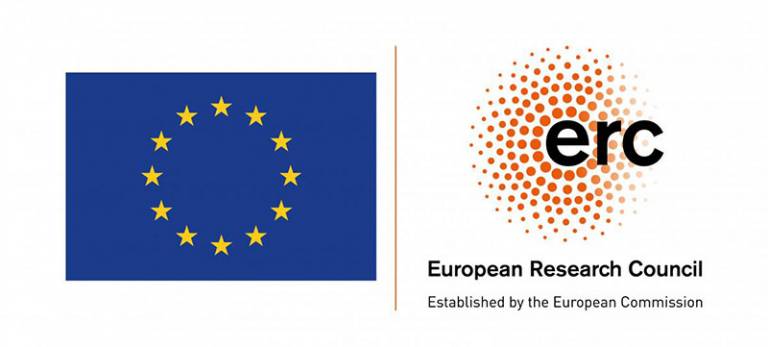Becoming Muslim: Cultural Change, Everyday Life and State Formation in early Islamic North Africa (600-1000)
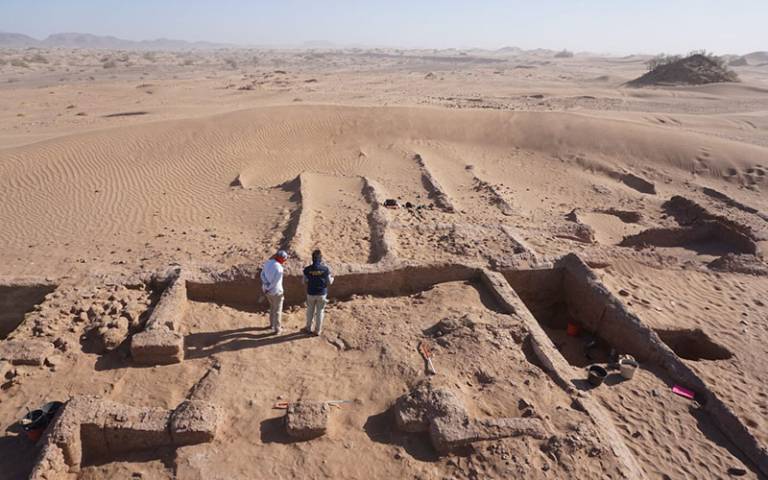
The Muslim conquests of North Africa in the 7th century transformed the everyday lives of communities - between 800-1000, the region experienced an economic ‘Golden Age’, visible in the growth of urban populations, intensified exchange across a vast trading system and the introduction of new agricultural practices and technologies. New social-religious norms underpinned the development of a distinctly ‘Islamic cultural package’ marked by the spread of new aesthetics, public and private architecture and Muslim dietary practices.
Despite significant recent advances, much of our knowledge continues to reflect the experience of rulers and elites, rather than the bulk of the population. Our understanding of everyday life is hampered by a reliance on later literary sources, monumental architecture and the high arts. the absence of high-resolution archaeological data and an incomplete understanding of what these changes meant for the people living on the ground.
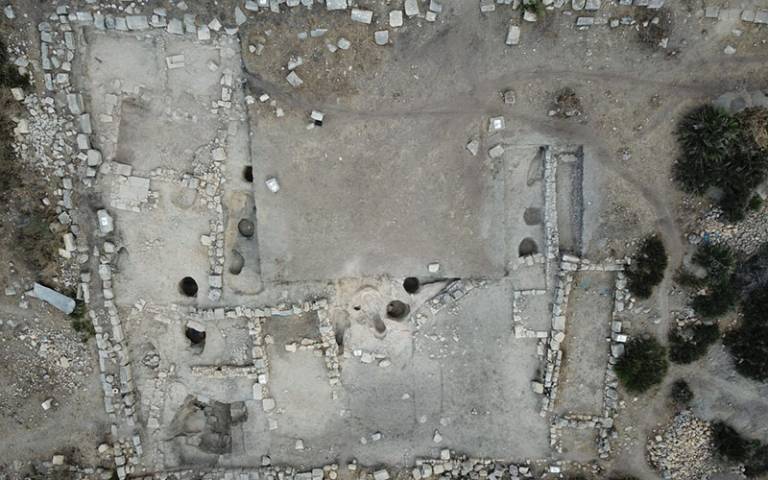
The EVERYDAYISLAM project funded by an ERC Starting Grant (Grant no: 949367) awarded to Corisande Fenwick explores the underlying reasons for the spread of Islamic way of life in North Africa between ca. 600-1000 CE through new excavations, scientific analysis, legacy datasets and written sources. In so doing, this project aims to make a paradigmatic shift in scholarly understanding of the impact of Muslim rule by focusing on local populations, their houses and their everyday practices. It takes a comparative approach and studies long-term changes in housing, agriculture, diet and technology in three key regions:
- the central Medjerda valley in Tunisia, the famed granary of Roman and Islamic Africa;
- the fertile Sebou Basin in Morocco, at the centre of the Idrisid state;
- the Saharan oasis belt of the Wadi Draa in Morocco, on the margins of settled life.
EVERYDAYISLAM will be a major step forward in our understanding of the lived experience of local populations under Muslim rule in North Africa.
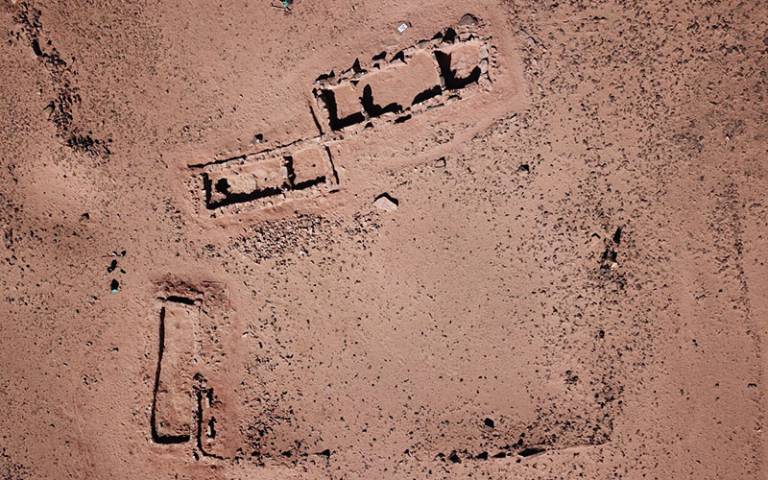
If you would like to get involved we welcome further collaborations. There are also opportunities for students to get involved in excavation and analysis throughout the project. Please get in touch with Corisande Fenwick for further details.
Publications (all available open access via links)
- Kirchner, H., Garcia-Contreras, G., Fenwick, C. and Pluskowski, A. (2023) ‘Re-thinking the “Green Revolution” in the Mediterranean World’ Antiquity 97, 394: 964 – 974 https://doi.org/10.15184/aqy.2023.91
- Fenwick, C. (2022) ‘Conquest to Conversion: the archaeology of religious change in medieval North Africa’ Journal of Islamic Archaeology 9.2: 199–225. http://www.doi.org/10.1558/jia.25866
- Fentress, E., Fenwick. C. and Limane, H. (2022) Urban life in early Islamic Morocco: new light from the excavations at Walīla (Roman Volubilis), Archaeology International 25,1: 111-31. doi: 10.14324/111.444.ai.2022.08
- Fenwick, C. (2022) ‘How to Found an Islamic State: the Idrīsids and the rivals to the Abbasid Caliphate in the Far Islamic West’, In M.L.M van Berkel and L. Osti (eds.) The Islamic Historian at Work: Essays in Honour of Hugh N. Kennedy, Leiden: Brill: 91-116. doi.org/10.1163/9789004525245_006
- Fenwick, C., Sterry, M., Mattingly, D.J., Rayne, L., Bokbot, Y, (2021) ‘A Medieval Boom in the Northwest Sahara: Evolving Oasis Landscapes in the Wadi Draa, Morocco (c.700-1500 AD)’, Journal of Islamic Archaeology 8, 2: 139–165. https://doi.org/10.1558/jia.20440
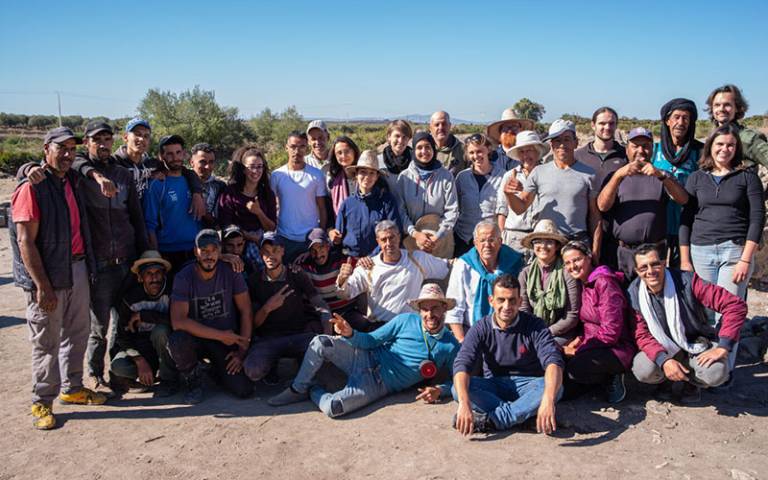
 Close
Close


